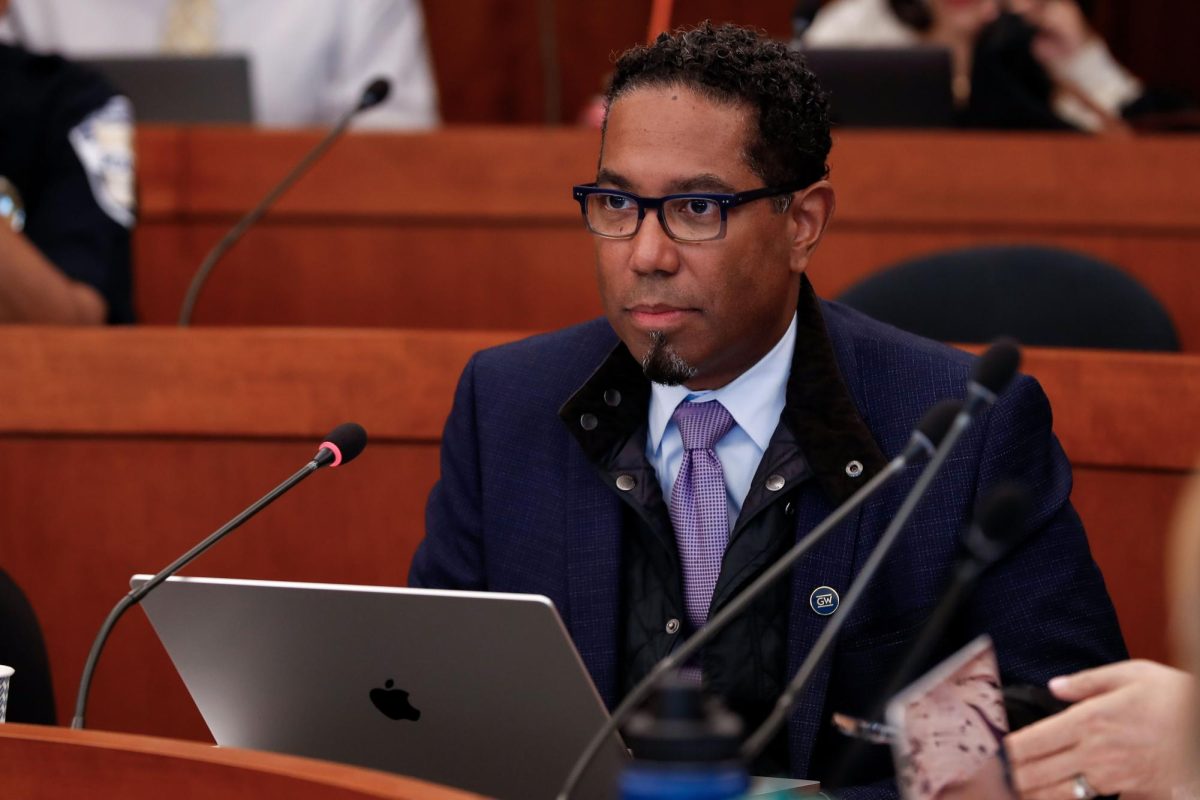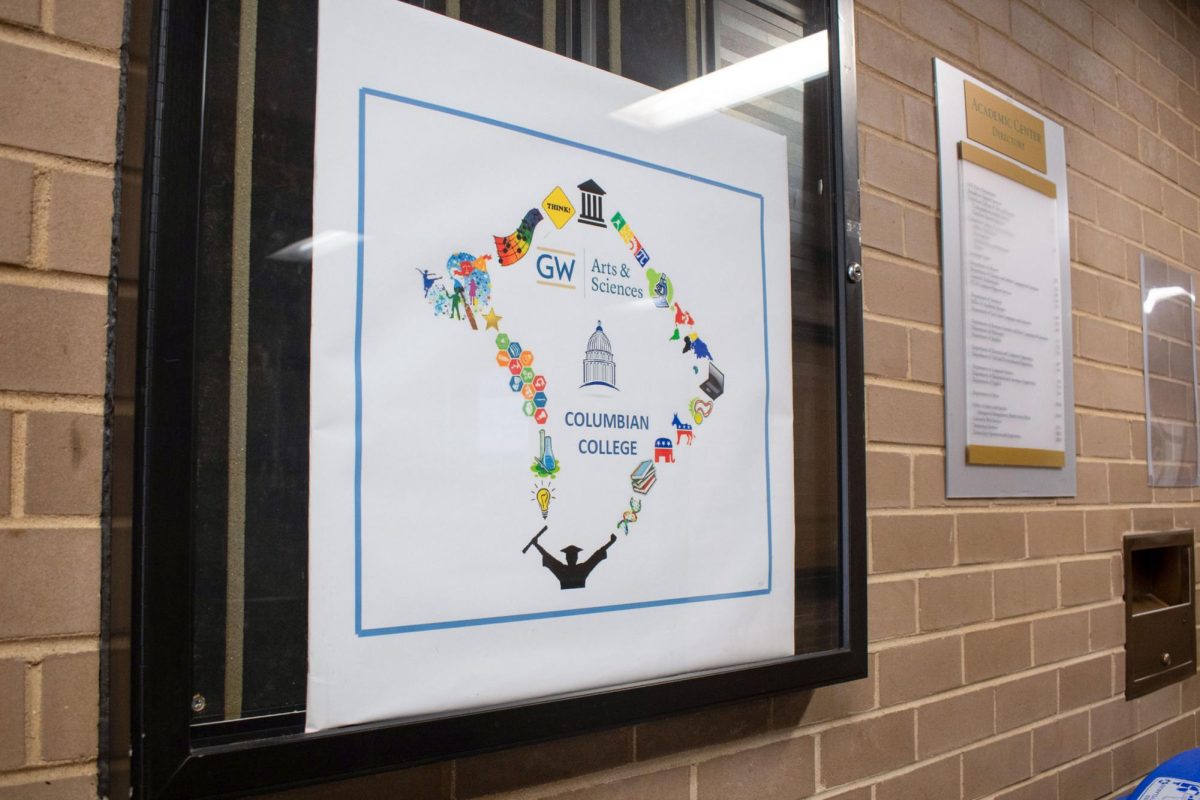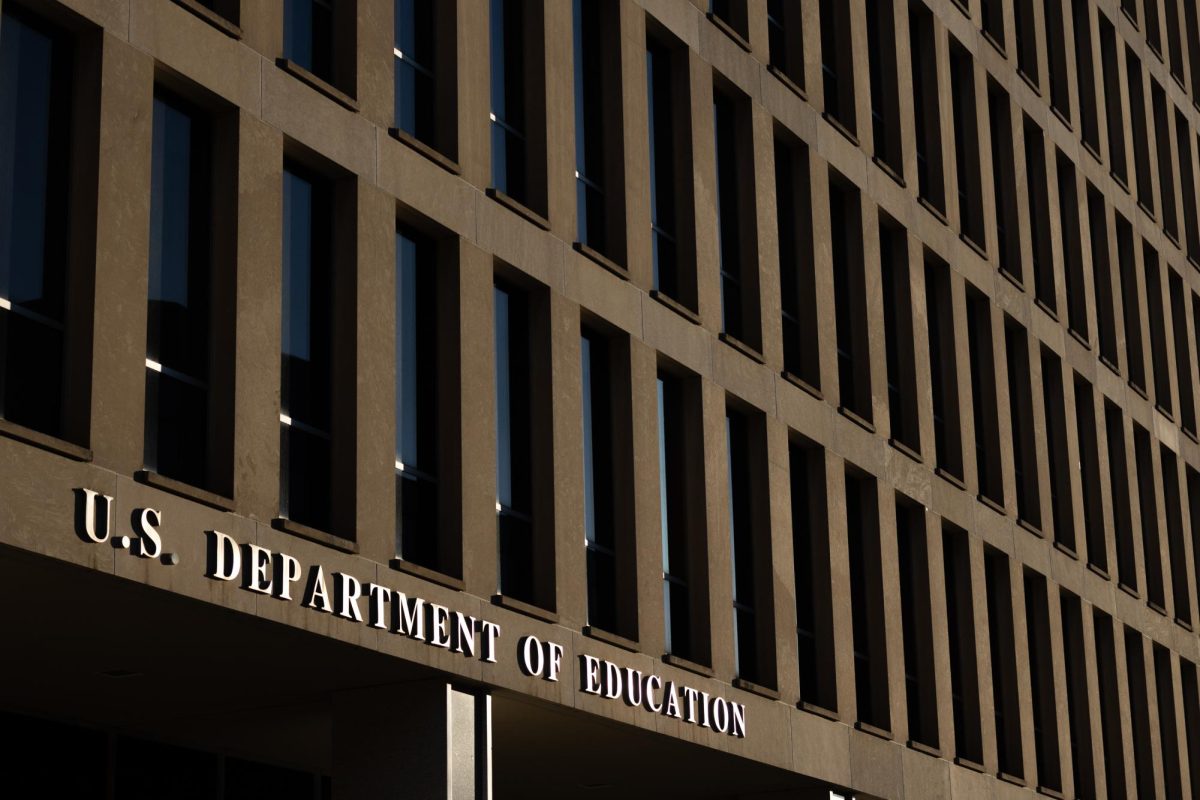Updated: Dec. 7, 2023, at 12:43 p.m.
Editor’s note: This post has been updated to clarify that officials began using the “grit” rating prior to the 2023-24 application season. Officials announced admissions guidelines in November to ensure the diversity of incoming student classes after the Supreme Court ruled affirmative action unconstitutional — instructions that included a continuation of the resilience rating and other admissions priorities. A prior version of this article incorrectly framed the rating itself as a new metric of the 2023-24 application process. We regret this error.
Admissions officers will continue to emphasize an applicant’s “resilience” to boost admitted students’ diversity this admissions cycle after the Supreme Court banned affirmative action, according to new guidelines released by the Office of the Provost last month.
The guidelines state that the University aims to continue their use of the resilience rating — which determines how an applicant has overcome adversity — in the place of affirmative action, or the consideration of race, in college admissions. Experts in college admissions say the “grit” rating is unlikely to significantly diversify admitted student classes at universities in the way affirmative action would, but it is a step in the right direction.
The release also outlined additional strategies GW admissions officers should pursue to increase diversity on campus, including creating essay questions that allow students to share more about their identity in addition to prospective student interviews, which the admissions office does not currently offer. The policy also directs admissions officers to expand targeted recruitment and “pathways programs” to “underserved” communities.
Other goals in the release include maintaining GW’s test-optional policy, improving first-year student retention, which is currently at 91.9 percent for the class of 2026, and creating inclusive admissions selection committees.
“This operational guidance is provided to ensure that GW’s admissions processes continue to advance our values of diversity and inclusion while remaining in compliance with federal law,” the guidelines state.
In a joint email to the GW community in June, former University President Mark Wrighton and University President Ellen Granberg said they were “deeply disappointed” in the termination of race-based college admissions because it will hinder officials’ ability to build a diverse student body. President Joe Biden called for universities to develop new admissions standards that take into account the adversity students have faced in response to the Supreme Court’s ban on race-based admissions.
“University leadership encourages the entire University community to embrace this commitment and work to advance our shared objective of creating and maintaining a more diverse, equitable, and engaged community,” the guidelines states. “Our admissions policy and practices must align with our values and principles, and with the evolving regulatory landscape.”
University spokesperson Julia Metjian did not return a request for comment on how admissions officials calculate an applicant’s “grit” rating and how officials plan to diversify admissions selection committees.
The College Board announced a plan to add an “adversity score” to SAT results in 2019 but abandoned the plan due to criticism from parents and educators that students’ challenges are not quantifiable. Many college admissions officers use the College Board’s free Landscape tool — which provides information about the school and neighborhood students come from but does not provide a score — to learn more about students’ home lives.
GW’s 2023-24 Common Application is also piloting a new question that asks applicants if they spend more than four hours per week taking care of siblings, assisting or translating for family members, living independently, working outside the home or experiencing homelessness. Metjian said the question informs admissions officers of circumstances that influence an applicant’s academic achievement and the applicant’s impact on others.
Raul Fernandez, a senior lecturer at Boston University’s Wheelock College of Education & Human Development, said proposals to evaluate students using the adversities they’ve faced to increase diversity at GW were “sound.” He said it seems like the GW administration has been thinking “proactively” in creating a process where students who would have benefited from affirmative action — like those belonging to minority groups and underserved communities — have an equal opportunity as nonminority student applicants.
“These are all students that are competitive academically, but not all of them come from the same pedigree, right?” said Fernandez. “Some of them are coming from boarding schools and private schools and the like, and others are coming from under-resourced high schools, sometimes in under-resourced communities.”
Fernandez said the provost’s guidelines seem to be focused more on recruiting diverse applicants instead of students to whom an offer has already been extended, which if prioritized, could potentially help increase diversity. He said the University could reach out to students who have been accepted but who haven’t committed to a school as part of this outreach.
“They could do visits to communities, towns, cities where there’s a higher preponderance of students of color and invite them out, meet them and their families and really make the case that there is an institution that the students and their families should choose,” Fernandez said.
James Murphy, the deputy director of higher education policy at Education Reform Now, said it is unlikely the new admissions guidelines created in response to the ban on affirmative action will have much effect on the diversity of GW’s student body. He said the lack of affirmative action will decrease diversity regardless.
“The effect of getting rid of the consideration of race in the admissions process almost certainly is going to lead to declines,” he said.
He said the idea of adversity ratings implies that students from racial minorities will be predominantly low-income or first-generation college students, which is not always the case. He said many selective schools have used tools like the College Board’s Landscape to assess adversity, but the impact has been minimal.
“Nothing correlates with race like race,” he said.
Murphy said GW could diversify its student body by recruiting more students transferring from local community colleges, eliminating legacy admissions and expanding financial aid programs like Pell Grants.
GW still considers applicants’ relation to GW alumni on applications, but legacy status does not guarantee admission or scholarships. Officials have not made changes to legacy admissions since the Supreme Court overturned affirmative action.
Officials expanded programs like the Office of Student Success’ Summer Academy this summer, which covers some students’ summer housing costs and supports the academics of Pell Grant and non-Pell students.
“I really want GW to prove me wrong on this front, but I suspect that their efforts are going to be mild and the impact will be minimal,” he said.
This post was updated to correct the following:
The Hatchet incorrectly reported that the first-generation college student retention rate was 91.9 percent. The retention rate for all first-year students in the class of 2026 was 91.9 percent. The Hatchet also incorrectly reported that officials launched their summer academy this summer, which covers the costs of students’ summer housing and is intended for Pell Grant students. The academy expanded this summer, includes both Pell and non-Pell students, and officials only cover some students’ summer housing. We regret these errors.





